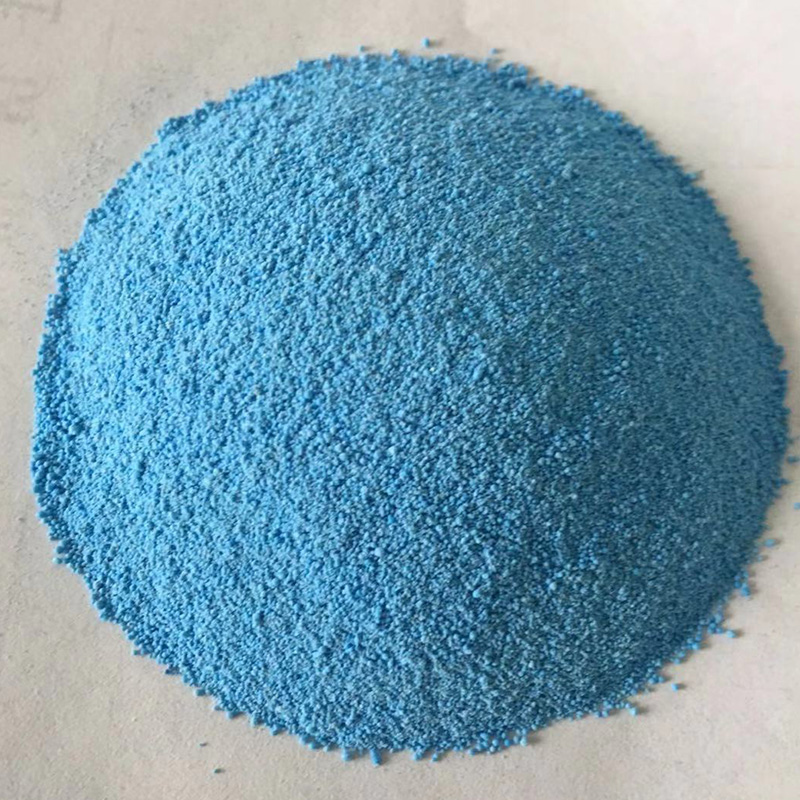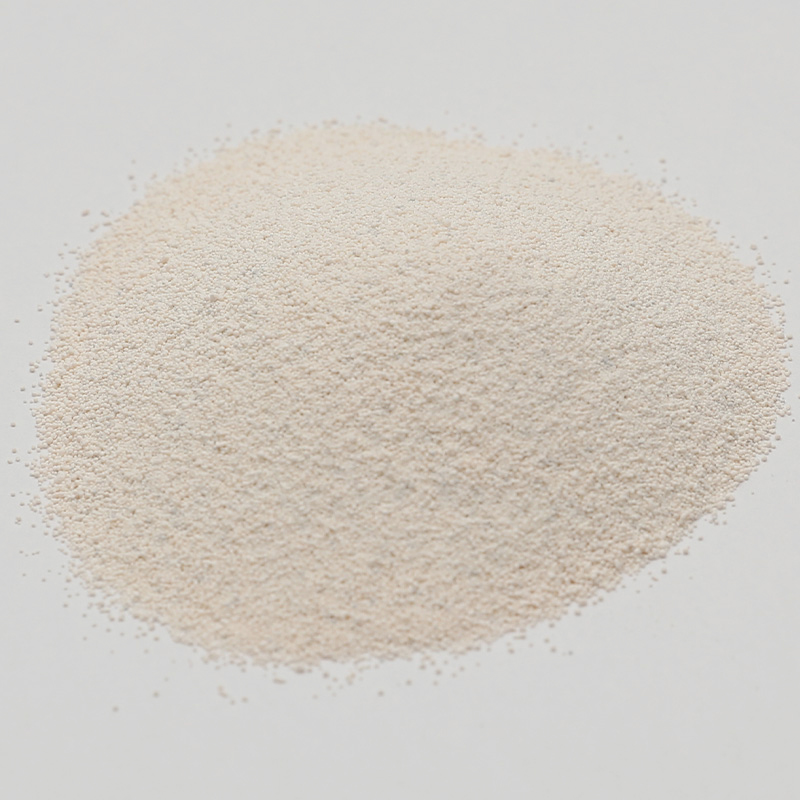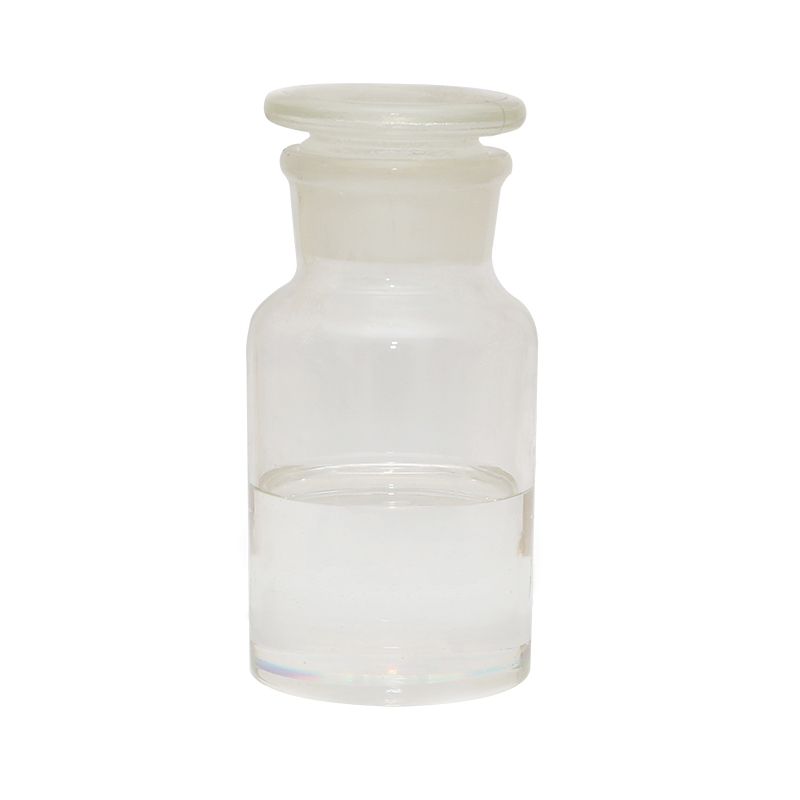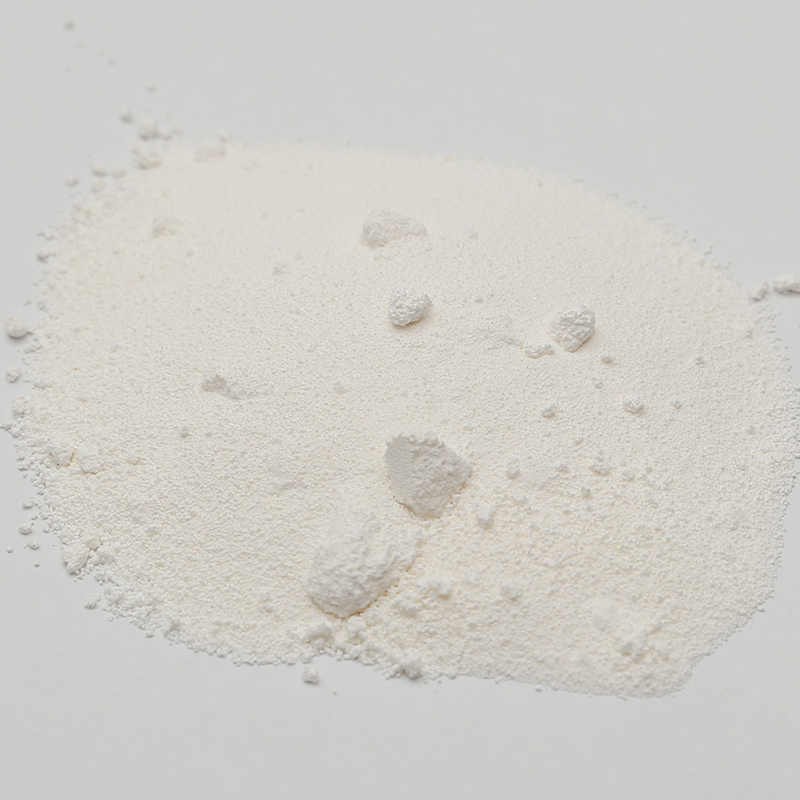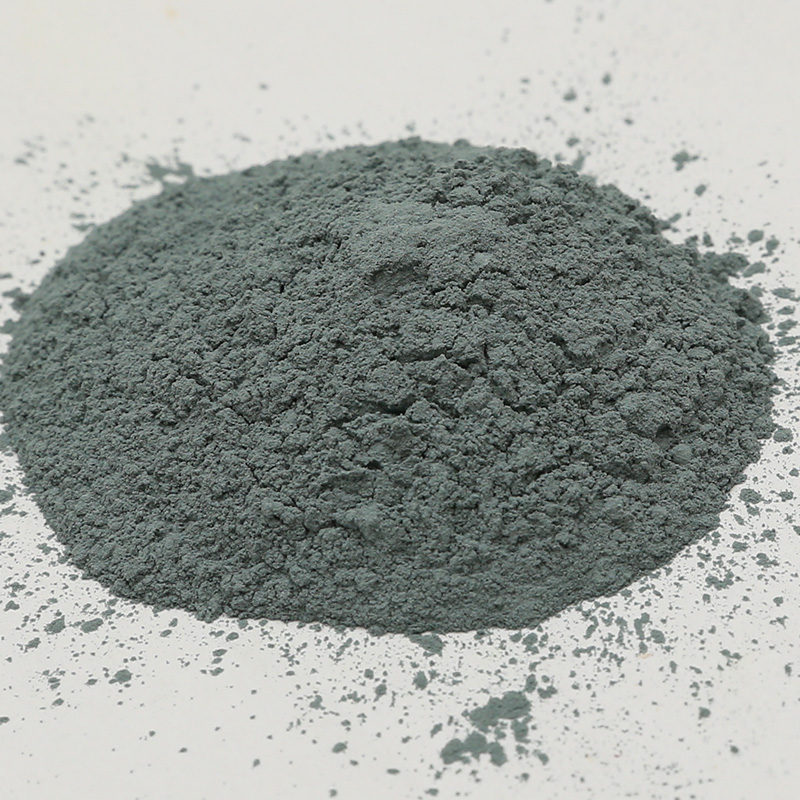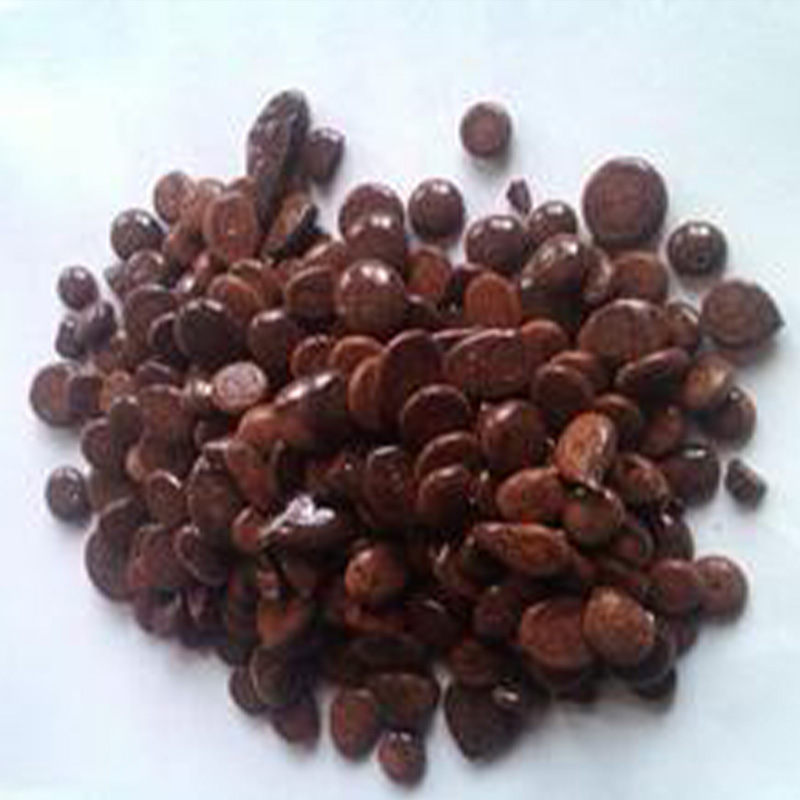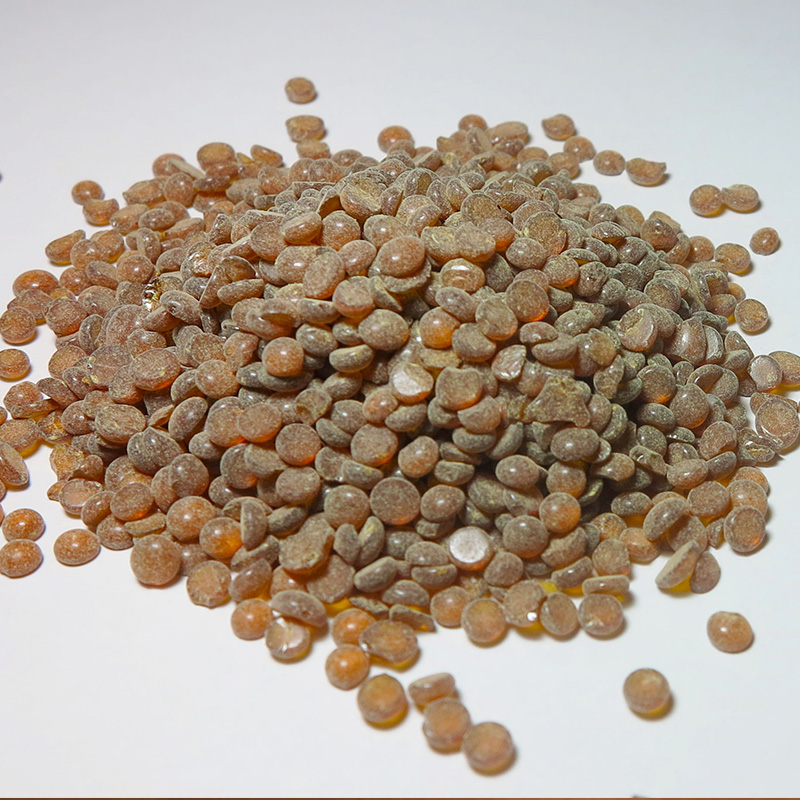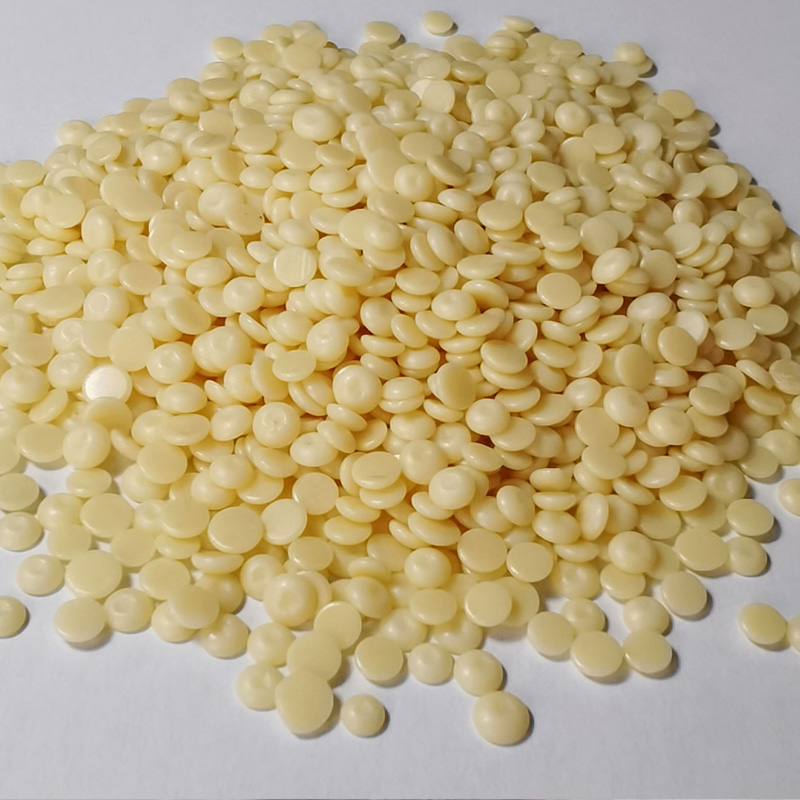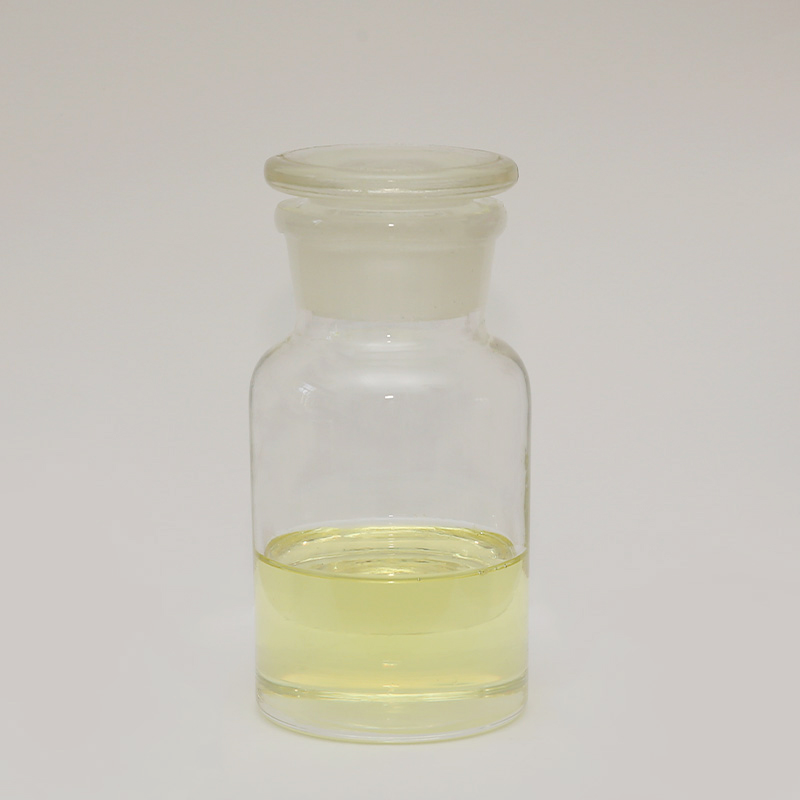In the world of modern materials, certain compounds play a significant role in shaping the items we use on a daily basis. Melamine resin is one such material that has found its place in a wide range of everyday products. Known for its durability, versatility, and resistance to heat and chemicals, Melamine resin is used across multiple industries to enhance both the appearance and functionality of consumer goods.
Melamine resin is a type of thermosetting plastic created by combining melamine with formaldehyde through a polymerization process. Once cured, it forms a hard, stable, and heat-resistant material that is suitable for applications requiring strong, long-lasting surfaces. One of the common uses of resin is in decorative laminates. These laminates are applied to wood-based panels, such as particleboard and medium-density fiberboard (MDF), to create furniture, cabinetry, and countertops found in homes, offices, and commercial spaces.
The furniture industry has long relied on Melamine resin for its ability to provide an attractive, scratch-resistant, and easy-to-clean surface. Items like bookshelves, desks, kitchen cabinets, and wardrobe panels often feature decorative coatings made from resin. These surfaces can be produced in various colors, patterns, and textures, offering consumers a wide selection of design options while maintaining durability.
Another well-known application of Melamine resin is in the production of tableware. Plates, bowls, cups, and serving trays made from resin are lightweight, impact-resistant, and less likely to break than glass or ceramic alternatives. This makes them popular in family households, restaurants, cafeterias, and outdoor dining settings. Additionally, resin tableware is valued for its ability to retain its appearance over time, withstanding stains, scratches, and exposure to hot or cold foods.
In the construction sector, Melamine resin is used to manufacture laminates and overlay papers for flooring and wall panels. Its moisture-resistant properties help protect wood-based materials from warping or damage in humid environments, such as kitchens and bathrooms. Flooring products incorporating resin are designed to be scratch- and wear-resistant, offering a practical surface for high-traffic areas in homes, offices, and commercial facilities.
Melamine resin also plays an important role in the adhesives industry. It is often blended with other resins to produce adhesives with enhanced bonding strength and moisture resistance. These adhesives are widely used in the manufacturing of plywood, particleboard, and other composite wood products. By improving adhesive performance, Melamine resin helps extend the lifespan and reliability of wood-based structures and furniture.
In addition to furniture and construction, Melamine resin is utilized in the automotive sector. Interior components, such as dashboards, trims, and control panels, often require materials that combine heat resistance with a smooth, durable finish. Resin provides these qualities, ensuring that automotive interiors remain functional and visually appealing under regular use and exposure to varying temperatures.
Electrical applications also benefit from the properties of Melamine resin. Its resistance to heat and electrical conductivity makes it suitable for use in switchgear, sockets, and insulating components. By incorporating resin into these parts, manufacturers can improve safety and durability in both residential and commercial electrical systems.
Another noteworthy application involves Melamine resin-based foams. These foams are lightweight, flexible, and have good sound absorption and thermal insulation properties. They are commonly used in building insulation, automotive soundproofing, and specialized cleaning products. For example, resin foam sponges are known for their ability to remove stains and marks from various surfaces without the need for harsh chemicals.
Laboratory and industrial environments also make use of Melamine resin in the production of durable work surfaces, trays, and storage containers. The material’s resistance to chemicals and heat makes it suitable for settings where frequent cleaning and exposure to different substances are common.



 English
English Português
Português Español
Español русский
русский 中文简体
中文简体